Machine Learning with SPSS: Building Predictive Models
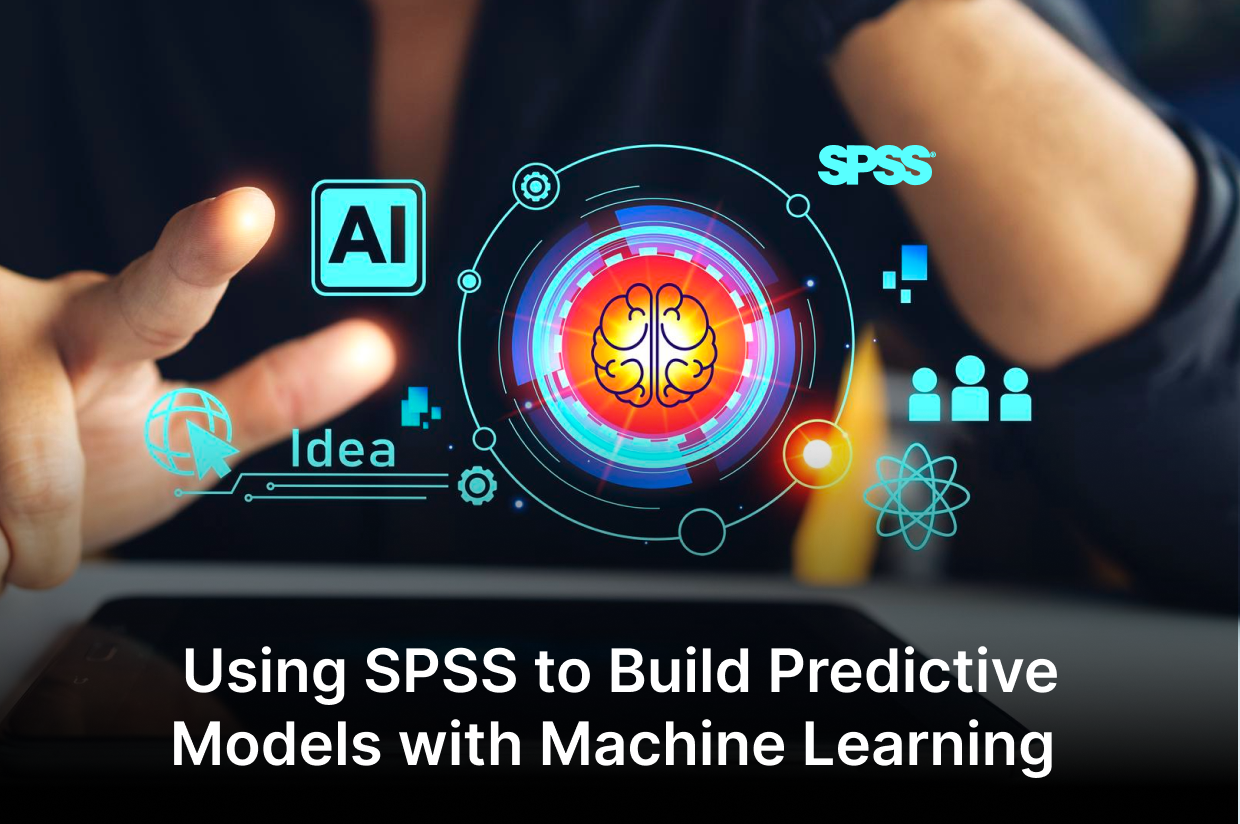
Contents
- Introduction
- The Enigmatic Realm of Machine Learning
- Types of machine learning
- Unveiling SPSS for Machine Learning
- Advantages of Machine Learning for SPSS
- Creation of Partnership Model with SPSS
- Correct algorithm description
- Correct algorithm description
- Fine-tuning the model
- Model deployment
- Conclusion
Introduction
In today's data-driven world, machine learning has become a powerful tool for static strength from vast amounts of data. SPSS (Scientific for Social Sciences) is a widely used software that offers a range of techniques, including data analysis, to model the future. This blog will delve deep into machine learning with SPSS help and explore how to build a future-looking model that digs deep into historical data.
The Enigmatic Realm of Machine Learning
Machine learning resides within the vast domain of artificial intelligence (AI), delving into profound study and practical applications. It encompasses the art of crafting algorithms and statistical models that empower computers to acquire novel skills and excel in tasks sans explicit programming. At its core lies the data analysis, a pillar of the Machine learning process, wherein the computational device unearths intricate patterns, discerns trends, and unveils relationships within the data fabric to fabricate astute predictions and formidable conclusions.
The paramount ambition that propels Machine learning forward is the creation of self-reliant systems capable of adapting to unfamiliar terrains. In stark contrast to rigid programming instructions, these systems base their decisions on real-world verities, engendering a dynamic transformation in their demeanour. The iterative learning and adjustment process leads to an ever-sharpening precision and heightened practicality, rendering Machine learning an invaluable asset embraced across diverse realms and manifold applications.
Types of machine learning
1. Supervised learning: Thus, Microsoft studies labelled data, and it learns to predict results based on new, unseen data.
2. Unsupervised Method Learning: Here, Massachusetts is studied with unlabeled data and learns to identify patterns and collections of data.
3. Semi-supervised learning: Combines pre- and non-supervised knowledge, where supermarkets are studied on partially labelled data.
4. Reinforcement Learning: Microsoft learns by interacting with its environment and receiving feedback through rewards or punishments.
Unveiling SPSS for Machine Learning
SPSS, the acronym for Statistical Package for the Social Sciences, emerges as a widely acclaimed software crafted by IBM to delve into data analysis and manipulation. Its popularity among researchers, data analysts, and business professionals can be attributed to its user-friendly interface and comprehensive functionalities, catering to novices and seasoned data practitioners.
An impressive forte of SPSS lies in its prowess to handle diverse data types and conduct extensive statistical analyses. Whether dealing with survey, experimental, or observational data, SPSS equips users with the tools to cleanse, explore, and dissect their data proficiently.
Machine learning stands at the core of data science, encompassing the creation of predictive models and data-driven decision-making. While SPSS may not be as closely associated with machine learning as Python, with libraries like scikit-learn or tensorflow, alongside other specialised tools, it still offers capabilities that cater to fundamental machine learning tasks.
Let us explore some conventional ways in which SPSS can be harnessed for machine learning:
1. Data Preprocessing
Machine learning algorithms often require data preprocessing. SPSS provides adept tools to handle missing data, effectuate transformations, and generate derived variables. Preprocessing ensures that the data is immaculate and primed for analysis.
2. Descriptive Statistics
SPSS empowers users to calculate descriptive statistics, unveiling deeper insights into the data. This essential step enables the identification of patterns, distributions, and potential outliers, impacting the machine learning model's performance.
3. Regression Analysis
Within SPSS, a gamut of regression techniques are at one's disposal, including linear regression, logistic regression, and nonlinear regression. These methodologies come into play for predictive modelling tasks, where the objective is to forecast a target variable based on one or more predictor variables.
4. Classification
Though SPSS might lack the comprehensive range of advanced classification algorithms typically found in dedicated machine learning libraries, it offers decision trees and naive Bayes classifiers, which are valuable for rudimentary classification tasks.
5. Clustering
SPSS doesn't fall short in providing clustering algorithms like K-Means, enabling users to cluster similar data points. This clustering capability assists in pattern recognition and segmentation endeavours.
6. Model Evaluation
SPSS simplifies model evaluation through various techniques like cross-validation and confusion matrix analysis. These methods play a crucial role in gauging the machine learning model's performance.
Advantages of Machine Learning for SPSS
1. Extensive Connectivity for the User
SPSS provides a point-and-click grid, making it easy to perform complex analysis without much general knowledge.
2. Data Visualisation
Provides various data visualisation tools that help to get at the data seamlessly and understand the patterns better.
3. Investment Analysis
A wide range of SPSS choreographers is provided, which locates the stakeholders and informs them for making informed decisions based on SPSS data analysis.
Creation of Partnership Model with SPSS
1. Data preparation
Before building any model, it is essential to prepare the data. Cleaning the data, rescuing the missing humans and rejoining the four if need be. Requirement predictions require ensuring that the data is of high quality.
Correct algorithm description
The SPSS offers a collection of Massachusetts building blocks models, including:
1. Equity regression
Fit to predict the numerical log based on the relationship between the target and the predictor chart.
2. Logistic resolution
The ideal of binary ballistic aspects, where only two things happen in the results.
3. Decision Trees
Useful for both bridging and regression workers, providing a clear view of how decisions are made.
4. Random force restaurant
A collective learning technique that propagates any decision to investors to improve prediction.
Models and Estimation
Once the model is selected, the next step is to train the model on the training data. The unit details how to split the data into training and test sets to assess the model's performance. Typical evaluations include physics, precision, recall and F1-score.
Fine-tuning the model
To get better results, it is necessary to improve the model. This process involves hyperparameter minimisation, specification selection, and cross-validation to optimise the model's performance.
Model deployment
After making and improving the model, this monument is ready. The SPSS developer can incorporate the model into other tools or adjust it into a static system to make real-time predictions.
Conclusion
An SPSS-fortified machine unlocks boundless opportunities in data analysis and classification. SPSS retains its status as an indispensable tool for researchers and analysts, boasting a repertoire of statistical and data analysis capabilities. Empowered by Microsoft's prowess, users can derive insights and deduce pricing strategies from their data. As technology marches, the alliance between machine learning and SPSS will continue to be a driving force, fostering collaboration and inspiring innovation. If you wish to harness the full potential of SPSS and seek expert assistance in academic assignment writing, renowned as a top-notch SPSS consulting firm. In that case, Silverlake Consult specialises in delivering the finest assignment writing services, empowered by the capabilities of SPSS.
Submit a Comment
Your email address will not be published. Required fields are marked *
Recent Posts

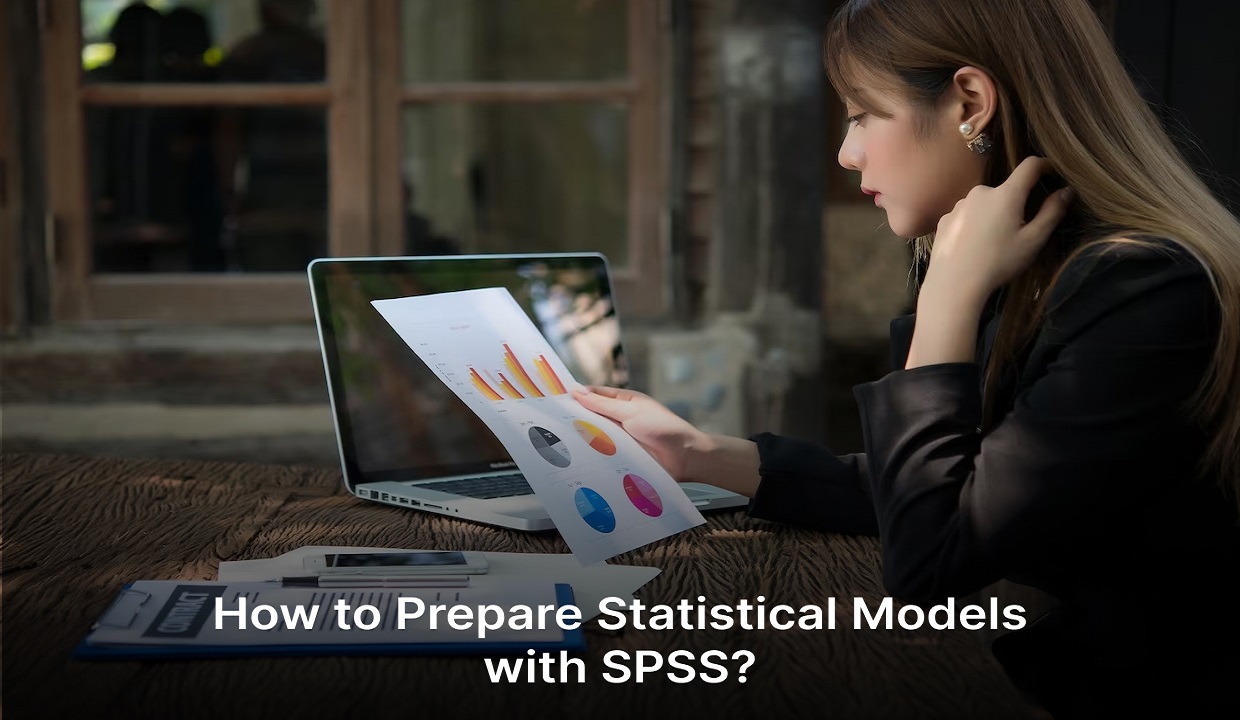
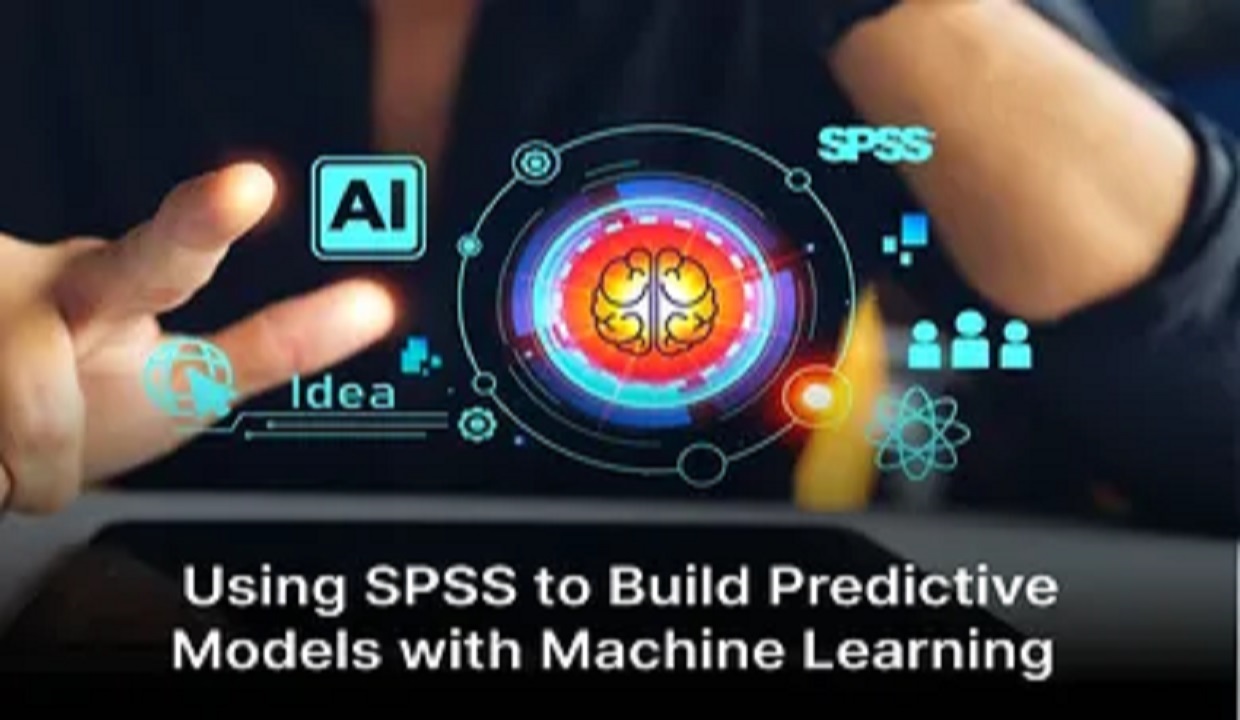
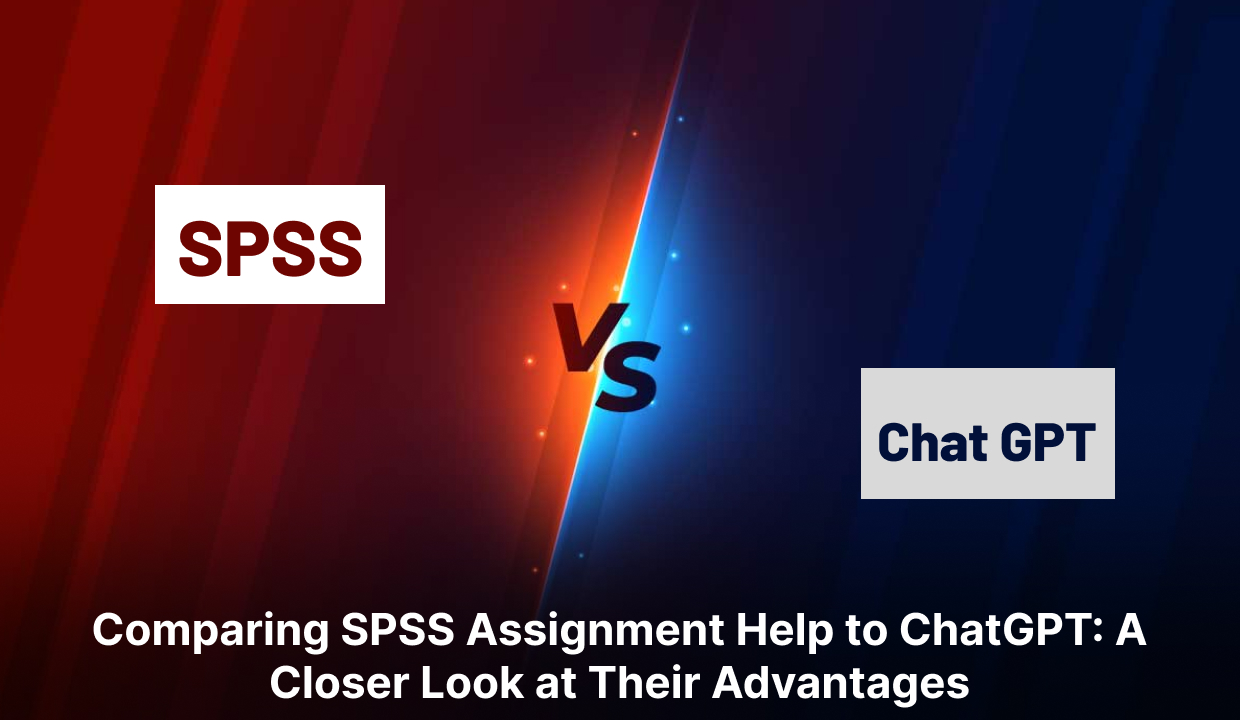
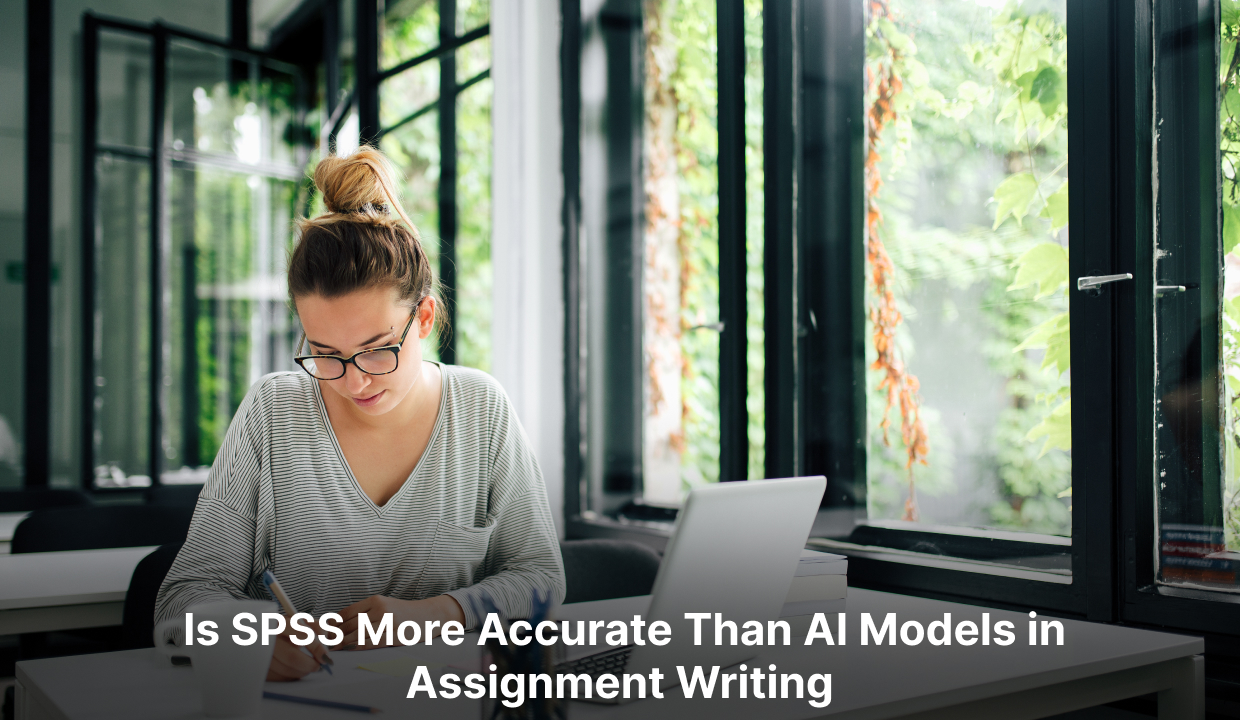
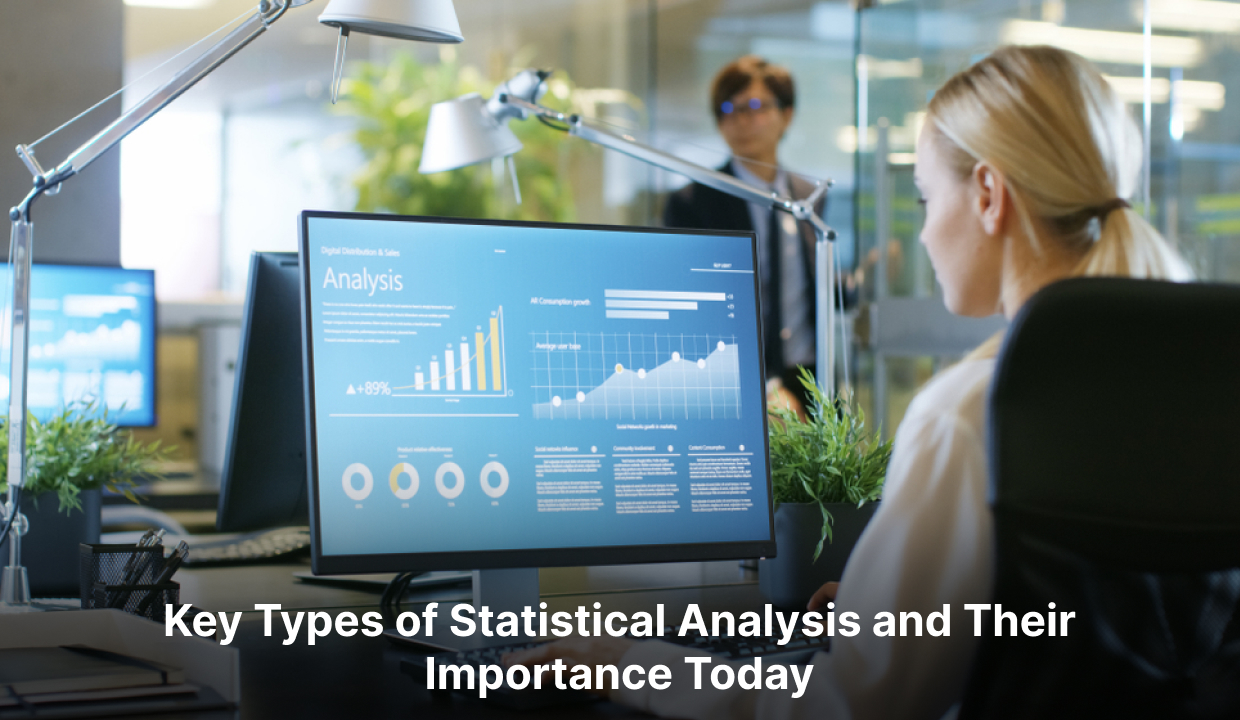

Comments(0)